Ushio's Synergie LED MR16s: Sometimes It's Easy Being Green
 When it comes to quality LED light bulbs, few manufacturers can beat Ushio. Ushio’s Synergie LED MR16 series represents the culmination technological innovation and a commitment to environmentally friendly retrofits for incandescent and halogen bulbs. The 4w Synergie series LED MR16s are a low wattage replacement for 20w-25w halogen MR16s. The Synergie MR16s feature three powerful LEDs, each of which is rated at 50,000hrs for long lasting lighting. Unlike some LED MR16s, the Synergie bulbs are available in a wide range of color temperatures from warm (3,100K) to cool (6,500K), giving you a degree of flexibility that is not often found among LED retrofits. The Synergie series LED MR16s also feature good CRI, ranging from 70 CRI to 80 CRI, making them a viable choice for display lighting applications. In order to give you as much versatility as possible, Ushio’s Synergie MR16s are available in every beam type from spot to wide flood, making these bulbs that much more useful.
When it comes to quality LED light bulbs, few manufacturers can beat Ushio. Ushio’s Synergie LED MR16 series represents the culmination technological innovation and a commitment to environmentally friendly retrofits for incandescent and halogen bulbs. The 4w Synergie series LED MR16s are a low wattage replacement for 20w-25w halogen MR16s. The Synergie MR16s feature three powerful LEDs, each of which is rated at 50,000hrs for long lasting lighting. Unlike some LED MR16s, the Synergie bulbs are available in a wide range of color temperatures from warm (3,100K) to cool (6,500K), giving you a degree of flexibility that is not often found among LED retrofits. The Synergie series LED MR16s also feature good CRI, ranging from 70 CRI to 80 CRI, making them a viable choice for display lighting applications. In order to give you as much versatility as possible, Ushio’s Synergie MR16s are available in every beam type from spot to wide flood, making these bulbs that much more useful.Of course, the Synergie bulbs have a hefty price tag at nearly $62.00. Though this price seems steep, don’t forget that the amount you save on energy costs and replacement bulbs will repay the upfront cost of the bulb itself. Also, remember, that with a new technology, often purchasing the product of the high end and high cost brand is the only way to assure a quality product. Ushio's Synergie products confirm this argument. Their excellent construction and satisfaction of rigorous industry standards like California’s Title 24 regulations means that these products carry with them all of the advantages that come with LEDs, rather than cheap technology and construction that compromises LEDs’ benefits.
BulbAmerica carries the entire Synergie line as well as many of Ushio’s other products. In addition to Ushio’s products, we stock only the highest quality LED products. As usual, leave a comment or question on our blog or Facebook or give us a ring with any further questions at 1-877-622-0897.






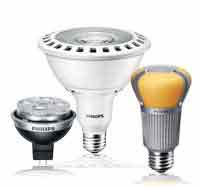
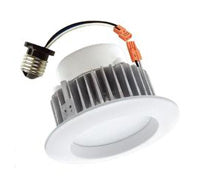

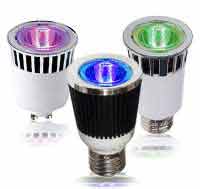


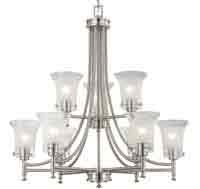
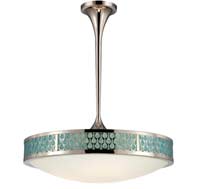




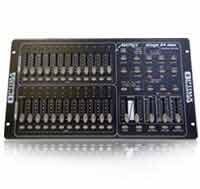
 MR16s
MR16s

 Today there are roughly 13,000 McDonalds fast food restaurants in the United States, all of which have signs, lighting, stoves, and other appliances that consume energy. Like many businesses throughout the United States, McDonalds has begun drawing up plans for becoming more environmentally friendly. A large part of these plans has involved developing environmentally friendly lighting solutions to reduce energy consumption and operating costs.
Today there are roughly 13,000 McDonalds fast food restaurants in the United States, all of which have signs, lighting, stoves, and other appliances that consume energy. Like many businesses throughout the United States, McDonalds has begun drawing up plans for becoming more environmentally friendly. A large part of these plans has involved developing environmentally friendly lighting solutions to reduce energy consumption and operating costs. On September 8, the New York Times ran an
On September 8, the New York Times ran an 

 ables found today on the back of food packaging.
ables found today on the back of food packaging. 





Stay in Touch